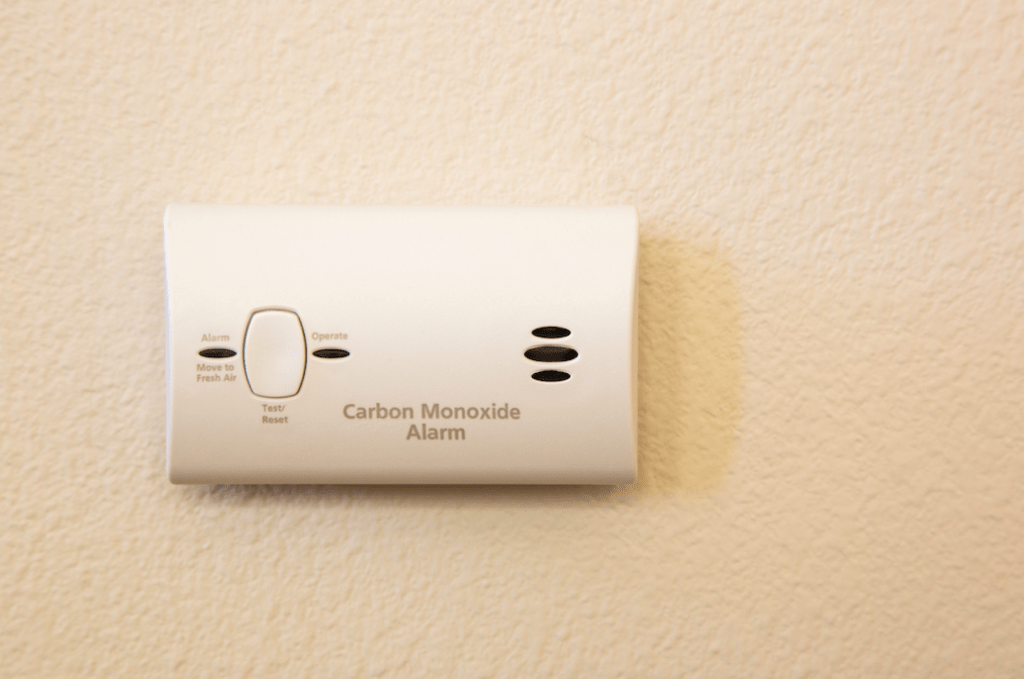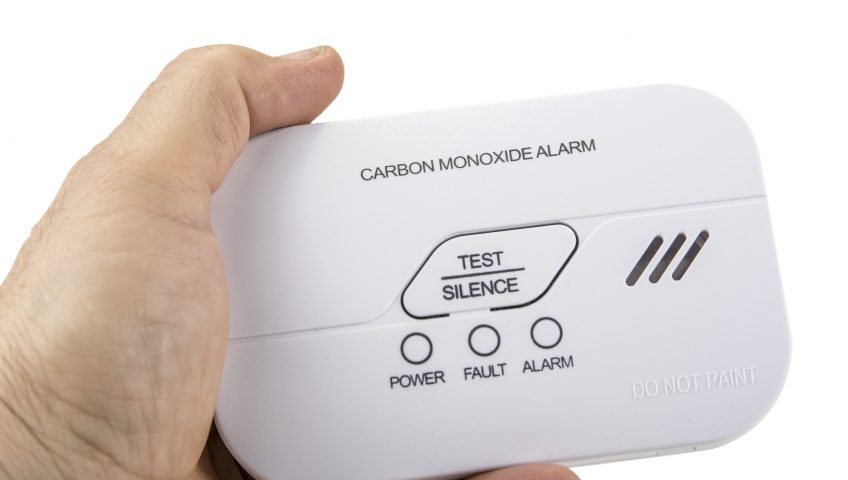Carbon monoxide (CO) is a gas that is produced from the incomplete combustion of carbon-based materials. These materials include natural gas, wood, coal, gasoline, and other forms of fossil fuel. Its production occurs regularly in chimneys, vehicle exhaust pipes, electricity generator sets, and other pieces of machinery that run on fossil fuels.
Carbon monoxide is colorless, odorless, and tasteless. When a significant amount of this gas is released, it can bind to the red blood cells of an individual. This will cause several harmful effects, which is one of the reasons carbon monoxide detectors have become so popular in recent years.
The Harmful Effects of Carbon Monoxide Emissions
The main effect of carbon monoxide emissions is carbon monoxide poisoning. Carbon monoxide poisoning is a harmful event that occurs when the level of carbon monoxide in a certain environment becomes significantly high. When this happens, the carbon monoxide binds to the red blood cells of the individuals present. As this binding occurs, oxygen is simultaneously displaced from the red blood cells. This leads to an oxygen shortage in several organs, including the brain, heart, kidneys, and lungs.
The symptoms experienced include dizziness, weakness, headaches, vomiting, difficulty breathing, and a loss of consciousness. If allowed to persist, it can lead to organ failure, an event that can prove fatal or cause irreversible organ damage. People who are exposed to the gas indoors are the ones at the highest risk of carbon monoxide poisoning. However, those who are asleep during exposure to this gas are in the greatest danger of death from its effect.
Carbon Monoxide Detectors
Carbon monoxide detectors are devices that can monitor carbon monoxide levels in the environment. These devices are designed to detect the buildup of carbon monoxide over time. When the CO levels get too high, they raise an alarm, notifying those in the area of the present danger. The different types of sensors used by carbon monoxide detectors include:
- Electrochemical sensor
- Metal oxide semiconductor sensor
- Biomimetic sensor

Why You Need a Carbon Monoxide Detector
Carbon monoxide is a silent killer. The main danger of carbon monoxide poisoning stems from the fact that carbon monoxide is a colorless and odorless gas. As such, it is very hard to detect. The consequence of this is that one can’t know when the CO levels in a room have risen, even to dangerous levels.
Because of the limited channels of ventilation, indoor areas are prone to the accumulation of carbon monoxide. People staying indoors are at an increased risk of carbon monoxide poisoning due to the tendency for CO levels to rise rapidly.
Since carbon monoxide levels can rise undetected, individuals are unable to detect carbon monoxide poisoning until their systems are greatly affected. As mentioned earlier, those who are asleep during CO poisoning are in the greatest danger of losing their lives from exposure. This is because they wouldn’t even be aware that something dangerous was happening. Even those who are awake begin to feel sluggish as their brains and other organs shut down. This makes it difficult for them to save themselves.
Carbon monoxide detectors have been presented as a solution to this problem. They have built-in sensors that can detect and accurately measure the amount of CO in the atmosphere. Once the amount of carbon monoxide in the room steadily rises (above 70 PPM) over time, these detectors trigger an alarm and prompt the user to take action. Some detectors can even activate ventilation systems and clear away the toxic carbon monoxide.
From these features, it is clear to see that carbon monoxide detectors are indeed lifesavers.
Takeaways:
- Carbon monoxide is an odorless and colorless gas produced from the incomplete combustion of carbon-based materials.
- Carbon monoxide poisoning occurs when the concentration of CO increases. This causes carbon monoxide to enter the bloodstream and displace oxygen.
- Symptoms of carbon monoxide poisoning include dizziness, weakness, headaches, vomiting, difficulty breathing, and a loss of consciousness.
- The danger of carbon monoxide is that it is hard to detect.
- Carbon monoxide detectors are devices that can monitor carbon monoxide levels in the environment.
Contact Ros Electric for All Your Electrical Needs
Ros Electric is an electrical contractor based in New Jersey. We offer businesses and homes innovative solutions to their electrical needs in areas such as carbon monoxide detection, data and telecommunication, fire security, electrical building automation, and security.
For the past 34 years, Ros Electric has completed hundreds of projects for satisfied customers. We are known for our professionalism, excellence, and timely completion of projects.
Do you need a carbon monoxide detector installed, or do you have any other electrical fitting issues? Speak with our experts today and get the perfect solution for your electrical needs.


Write a Comment